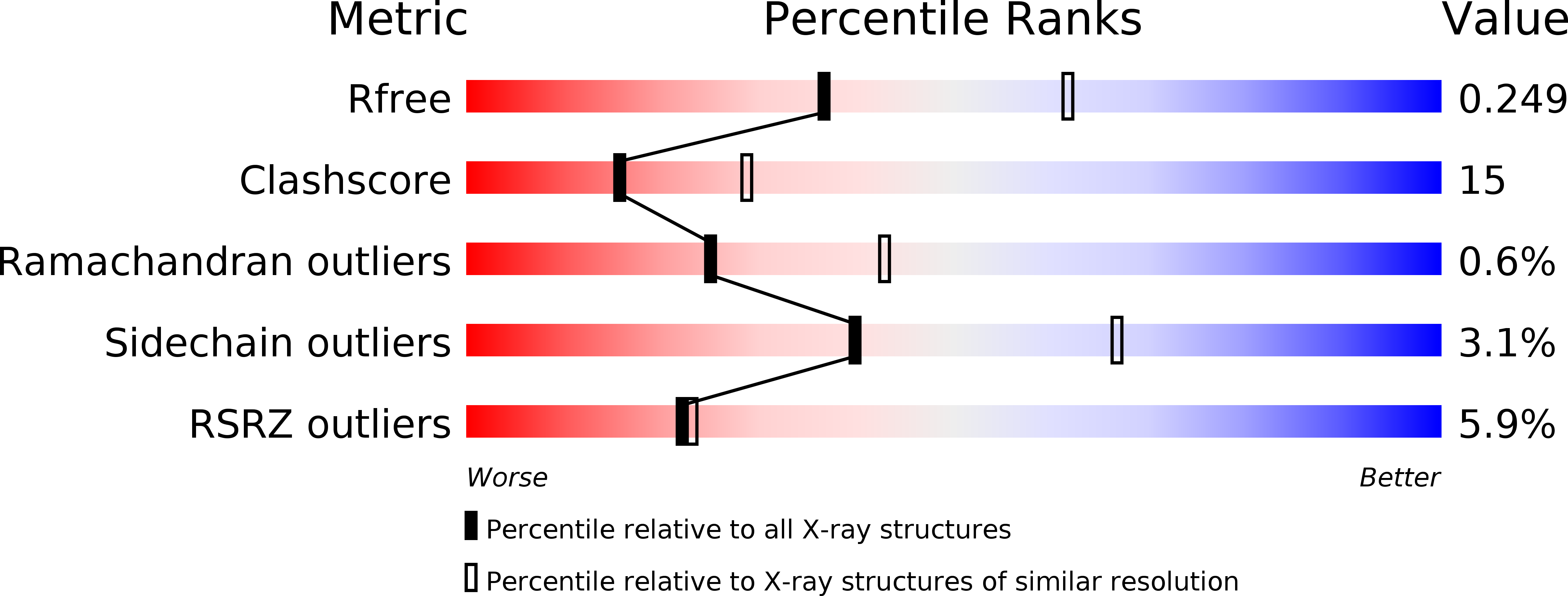
Deposition Date
2010-12-21
Release Date
2011-04-13
Last Version Date
2023-09-13
Entry Detail
PDB ID:
3Q36
Keywords:
Title:
Crystal structure of the 4Fe-4S cluster domain of human DNA primase large subunit
Biological Source:
Source Organism:
Homo sapiens (Taxon ID: 9606)
Host Organism:
Method Details:
Experimental Method:
Resolution:
2.50 Å
R-Value Free:
0.25
R-Value Work:
0.22
R-Value Observed:
0.22
Space Group:
C 1 2 1


